Figure 1. Top: White Sands Tracking Complex, New Mexico,
Bottom: Range Rate Residuals for the Viking Spacecraft.
 ENSE 622: Project Abstracts, Spring Semester, 2014
ENSE 622: Project Abstracts, Spring Semester, 2014
[ Project 1 ]:
Automated Evaluation of Tracking Data
[ Project 2 ]:
Quantitative Drug-Drug Interaction Model
[ Project 3 ]:
Reclaimed Water Systems Engineering
[ Project 4 ]:
Analyzing the Impact of Social Media on Modern Business Methodologies
[ Project 5 ]:
Prediction and Simulation for High Risk Diabetic Population
[ Project 6 ]:
UAV Delivery System
[ Project 7 ]:
Speed Efficiencies for Humanitarian Aid/Disaster Relief (HA/DR) Response
[ Project 8 ]:
MBSE for Production with Lean Manufacturing Concepts
[ Project 9 ]:
The Pointing Control System for PIPER
[ Project 10 ]:
Smart Highway System
[ Project 11 ]:
Wireless Sensor Networks for Smart Cities
[ Project 12 ]:
MBSE Design for Infrared Telescope Electrical Harnessing
[ Project 13 ]:
Adaptive Process and Planning Supervisory (APPS) System for e-Manufacturing
[ Project 14 ]:
Abstract: Life Cycle of a Chronic Disease Patient
[ Project 15 ]:
Oceanic Backbone Infrastructure: Distributed Power, Communications and IRM for Offshore Installations
[ Project 16 ]:
Warehouse Robotics
[ Project 17 ]:
Development and Verification of Semi-Formal Models for
Physical Security using Building Information Modeling (BIM)
[ Project 18 ]:
MBSE Design for Jupiter IP-Satnet Satellite System
[ Project 19 ]:
Micro-Grid Implementation in Smart Cities
Title: Automated Evaluation of Tracking Data
Authors: Jason Laing and Edward Carney
Abstract: Using tracking data to determine the location of an object has several applications, such as determining a satellite's orbit or locating a submersible. Generally speaking, tracking measurements can be inherently flawed: affected by constant or changing biases, incorrect configuration information, or any number of other issues. Currently, humans are often tasked with determining and resolving measurement issues, which is accomplished by investigating data plots for several different tracker-object configurations. Even modest numbers of trackers, objects, and data types yield many combinations, making the evaluation process arduous and time-consuming.
Figure 1. Top: White Sands Tracking Complex, New Mexico,
Bottom: Range Rate Residuals for the Viking Spacecraft.
For this project, we will design a system that automates the tracking data evaluation process, with the purpose of decreasing the level of human involvement required. Analysts can instead focus on resolution strategies, rather than diagnosing problems by decrypting individual data plots.
Project Resources
Title: Quantitative Drug-Drug Interaction Model
Authors: Sana Awan and Senay Tekle
Abstract: Drug-drug interactions (DDIs) constitute an important problem in the development of new drugs and postmarketing medicine vigilance. Current methods for detecting DDIs rely on the accumulation of sufficient clinical evidence in the post-market stage -- a lengthy process that often takes years, during which time numerous patients may suffer from the adverse effects of the DDI before the drug is taken off-market.
Detection methods are further hindered by the extremely large combinatorial space of possible drug-drug-AE combinations. There is therefore a practical need for predictive tools that can identify potential DDIs in advance. Also, when addressing the question of optimal drug combinations, side effects must be taken into account, as the effectiveness or toxicity of a medication could be affected by the co-administration of other drugs that interfere with its absorption or interact with the drug on the target site. Matters are further compllicated by the administration of drug to a particular patient necessitates an evaluation of the patient's medical history and pre-existing conditions which form the constraints of the predictive model.
In order to meet this need, a quantitative drug-drug interaction model is being proposed that predicts unknown DDIs based on a quantitative representation of known DDIs. The motivating hypothesis is as follows:
As part of the analysis, the pharmacological and biological effects of the drug interactions are also predicted. Online DrugBank and Drugdex databases which provide an exhaustive list of well-known DDIs shall be used as the primary source of interaction data for generating the quantitative model. Based on similarities of pairs of drugs, new DDIs are predicted from non-intersecting interactions of the pair, along with a determination of possible adverse effects. The model shall also take into account the molecular similarity and biological properties of the drug pair to predict their possible interactions. In this way, the usefulness of quantitative modeling in pharmacovigilance as a DDI predictor shall be demonstrated, and a dataset of potential DDIs, highlighting the etiology or pharmacological effect of the DDI shall be created to provide an exploratory tool to facilitate decision support in DDI detection and patient safety. The validity of the model can be tested by using it to evaluate a well-known DDI.
Project Resources
Title: Systems Engineering Reclaimed Water
Authors: Jennifer Light and Lucas Parker
Abstract: Although planet Earth has huge quantities of water, only a tiny amount, approximately 0.01% is in a form that is usable to humans. Because of this, water is a very critical, finite resource that needs to be protected.
In order to conserve precious potable water, reclaimed water is a great, sustainable, alternative to using potable water for certain non-potable uses. Reclaimed water is basically a heavily treated form of wastewater that is typically released back into surface water sources. Current city planning requires easy access to potable water, but reclaimed water is often not incorporated. This project will look at the potential for adding a reclaimed water distribution network along with a potable water distribution network to optimize the potable water conservation.
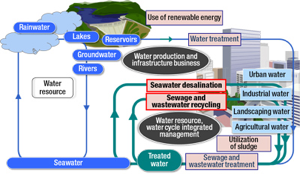
Figure 2. Water Resource Circulation
Source: http://www.hitachi.com/products/smartcity/smart-infrastructure/water/system.html.
Reclaimed water can be used for things such as irrigation, agriculture, public parks, dust control, fire suppression, cooling, toilet flushing, concrete mixing, etc. This project will look at some of these areas in terms of how they apply to certain settings, like office buildings, apartment buildings, parks, single family homes, industrial sites, construction sites, etc. and the costs associated with adding reclaimed water to these sites. After picking out available uses and sample quantities, this project will look at the costs necessary to run potable water, reclaimed water, and the cost and water savings due to the added reclaimed water lines. The end result will be a cost-benefit model and analysis of the costs necessary to implement reclaimed water in a variety of different settings, the rough quantities of water used and saved, and an analysis of where implementing reclaimed water makes the most sense and where the greatest payback will be in terms of water and cost savings.
Project Resources
Title: Analyzing the Impact of Social Media on Modern Business Methodologies
Authors: Christa Rogers and Isabelle Shuggi
Abstract: This project will take a systems engineering approach to analyzing the impact of social media on today's business methodologies. Specifically, we will examine how businesses have integrated social media into their marketing schemes to better connect with customers. Different forms of social media can be used in various ways to reach as many consumers as possible. Additionally, different types of companies may employ different types of social media to achieve multiple marketing goals. We will attempt to model the use of all types of social media using sysML diagrams. This will allow us to determine if there is an optimal method of integrating social media into marketing.
Project Resources
Title: Prediction and Simulation for High Risk Diabetic Population
Authors: Iakovos Katsipis
Abstract: Diabetes type two is a disease that affects a 30 million people in USA and over a 100 million are in the risk of developing the disease in the next years. My paper is based on predictive models and clinical guidelines for diabetes screening in earlier age. The model (inspired from Archimedes model [1-4]) should screen, classify and simulate for cost and health status high risk populations.
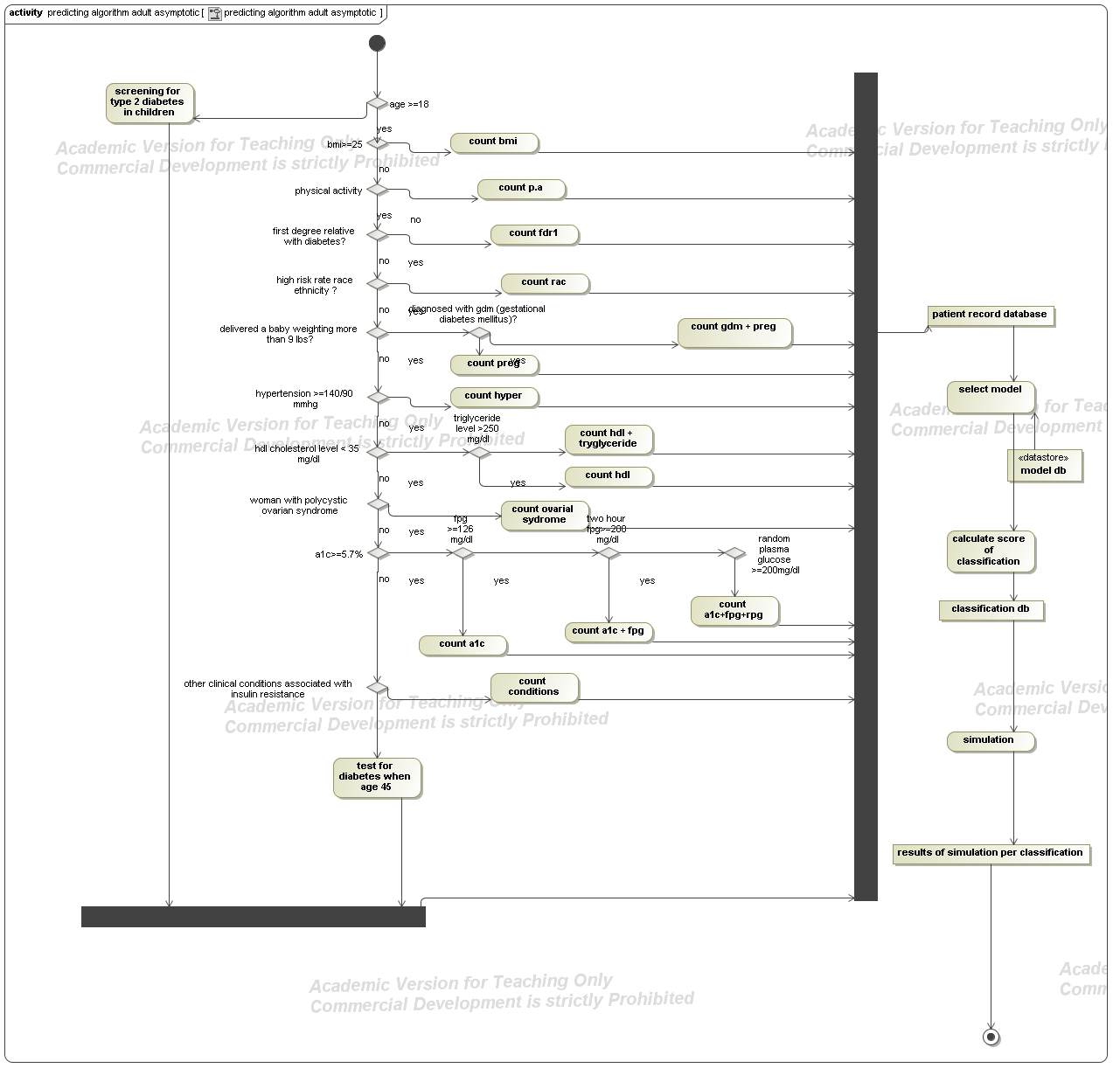
Figure 3. Activity Diagram for Defining High Risk Population
The adjacent figure is an activity diagram based on American Diabetes Association guidelines 2014 for defining high risk population.
Project Resources
Title: UAV Delivery System
Authors: A.N. Nguyen
Abstract: Unmanned Aerial Vehicles (UAVs), also referred to as drones or robotic aircrafts, are defined as powered, aerial vehicles that do not carry a human operator; use aerodynamic forces to provide vehicle lift and maneuverability; and can fly autonomously or be piloted remotely. Recent advances in technology, software development, manufacturing processes, and sophisticated sensors and communication systems have increased capabilities and amplified demand for UAVs both in and outside of their military operations. As a result, interest in using UAVs to serve civilian purposes is growing worldwide, and many government and private industry efforts are currently underway to investigate their integration into civilian applications.
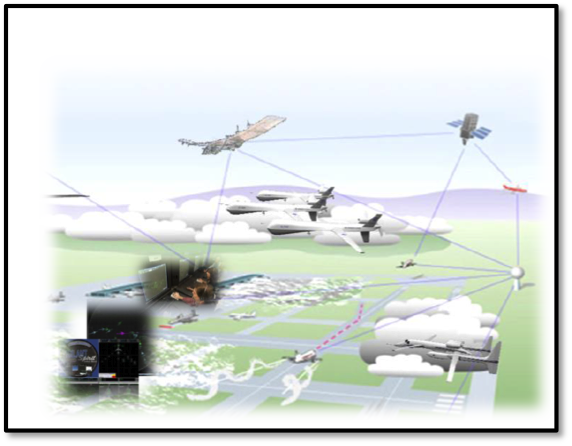
Figure 4: Unmanned Aerial Vehicles (UAVs) in Civil Airspace
Source: http://www.nasa.gov/centers/armstrong/news/FactSheets/FS-075-DFRC.html#.Uxtax_ldWE0
This research will take a systems engineering approach to analyzing, evaluating, and recommending solutions to integrate UAVs into civilian applications and operations. It specifically focuses on unmanned aerial delivery system that utilizes UAVs to transport physical goods from one location to another in a non-military environment, such as rural or urban areas. The project will introduce concept background, definitions of key terms, growing interests, and current issues and challenges with UAV’s delivery operations. It will attempt to construct and organize Use Cases to represent interactions among actors in the system; as well as identifying requirements that constitute to architecture and systems design. Trade-off analysis, traceability, and measures of effectiveness analyses will be conducted to ensure sound systems engineering practice. The final goal of the project is to present analysis results, lessons learned, as well as recommending solutions based on findings for implementation of UAVs into serving civilian purposes.
Project Resources
Title: Speed Efficiencies for Humanitarian Aid/Disaster Relief (HA/DR) Response
Authors: Nathan Desloover and John Riston
Abstract: Response to international Humanitarian Aid and Disaster Relief (HA/DR) events requires a quick turnaround action that is typically coordinated across many different agencies. These agencies can include the Department of State, Department of Defense, Non-government Organizations and Other Government Organizations. Proper stockpiling, established operating procedures and speed are the critical elements of this process that help to save lives.
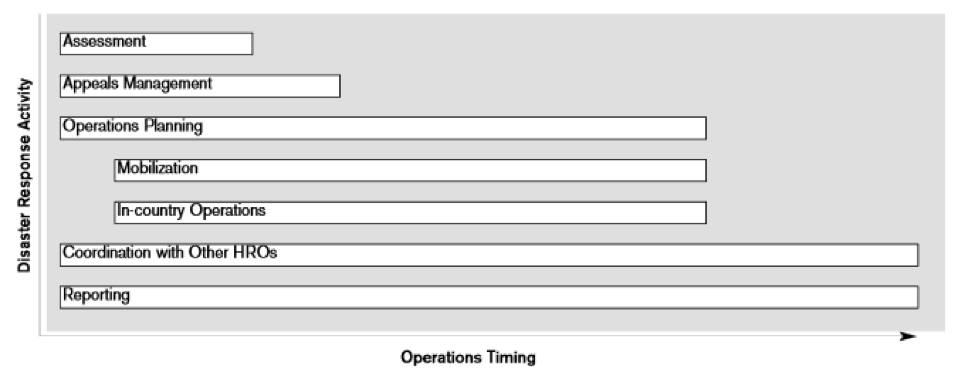
Figure 5: Fritz Institute: Humanitarian Logistics: Enabling Disaster Response [4]
As indicated in the adjacent graphic, there are many steps that need to be taken before mobilization of resources can occur. A key aspect to the speed of response is not only in the time it takes supplies to physically travel the distance to the HA/DR affected zone, but the loading and off-loading of the supplies for transport. Our project will look at increasing speed from the stockpiling, ship loading and unloading standpoint. This will include the determination of packing procedures so that resources are delivered in the order that is more effective, given the HA/DR event.
Project Resources
Title: MBSE for Production with Lean Manufacturing Concepts
Authors: Pedro Pena and Christopher Brothers
Abstract: In today's growing economy, production facilities must integrate lean manufacturing concepts into their processes to remain competitive in the market. To optimize the flow of material and information through their value stream, the principles of Model-Based Systems Engineering (MBSE) can be implemented. These principles can be used to design and optimize production by identifying non-value added activities, forms of waste, and bottle necks in the process flow. Lean manufacturing concepts can be used as requirements within the model to drive to an optimized process and maximize profits."
Project Resources
Title: The Pointing Control System for PIPER
Authors: Jared Hansen and Timothy Middleton
Abstract: It all started with a bang, at least that's the aim of the Primordial Inflation Polarization Explorer (PIPER) the payload will attempt to provide supporting evidence for this theory.
PIPER has several complex entities that support its project efforts, but for the sake of this class we will focus on the Pointing Control System (PCS). PCS is essential to PIPER because it provides the overall control of the payload as it floats 100,000 feet in altitude. The PCS project is particularly interesting because it involves new technologies that can withstand adverse conditions such as radiation, temperature fluctuations, and atmospheric affects.
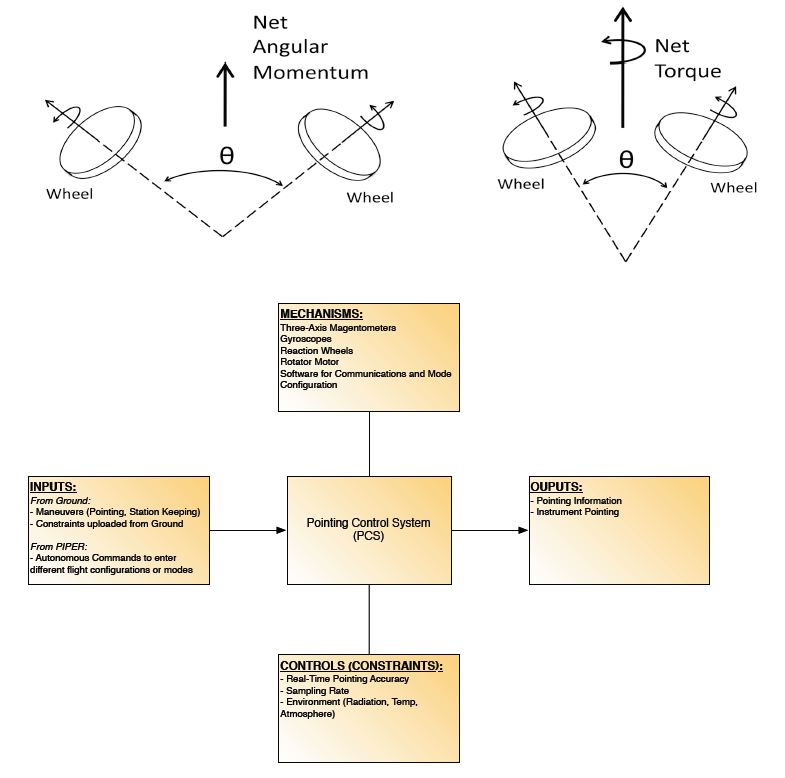
Figure 6: Implementation of the pointing control system.
Figure 6 illustrates the potential plan to implement the PCS. The effectiveness of the PCS will be measured in terms of performance, cost, and trades against alternative designs.
Project Resources
Title: Smart Highway System
Authors: Garigue Songong and Anicet Ndjiya
Abstract: Traffic congestion is becoming a critical issue in our highway system. Road traffic congestion affects the movement of people and the flow of goods, and commuters often find themselves stuck in traffic for long periods of time. Traffic congestions are caused by accident, maintenance operations, detours, weather conditions, high volumes of vehicles using the roadway at the same moment, and the interaction between vehicles and/or drivers. Congestion causes loss of time, frustration, and waste of money. These problems cannot only be solved by expanding the road infrastructure, but by figuring out a smart way of managing the traffic stream on the highway.
The goal of this project is to design a Smart Highway System by integrating various technologies to the current Highway System, such as information technology, electronic communication, sensors, control and software for managing surface transportation. We will design this system such that when integrated with the roads and vehicles, it will monitor and manage traffic flow by controlling the speed of vehicles on the road. This system will properly distribute the vehicles on the road, allowing them to smartly use the HOV lanes and adjust to the speed of other vehicles, however making traffic stream more efficient.
Project Resources
Title: Wireless Sensor Networks for Smart Cities
Authors: Abubakr Eltayeb and Sasha Abdalla
Abstract: By 2030, 6 out of every 10 people will live in a city, and by 2050, this proportion will increase to 7 out of 10 people [3]. When the number of people in cities increases, the need for new design solutions and systems developments in cities is crucial. Future Cities must be smart and interactive, and must have the ability to perform decisions and adjustments provide a convenient way of living to the large living population.
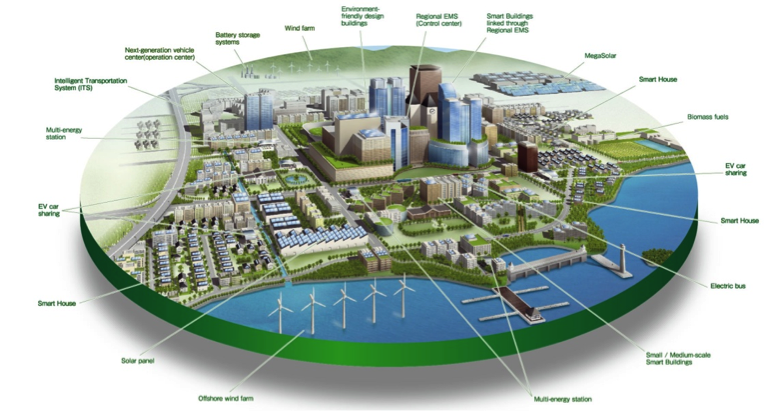
Figure 7: Smart City Platform.
In this project we will apply the systems engineering principles and tools in order to design a platform for a future smart city using wireless sensor networks. Sensors will collect data from various city elements (e.g., environment, infrastructure, people, etc.) and provide the smart city processing and decision making system to adjust a configuration, element or services. For example, increasing air ventilation in tunnels in case of sensing an increase in gas emissions.
Project Resources
Title: MBSE Design for Infrared Telescope Electrical Harnessing
Authors: Asaf Sahin
Abstract: Space observation currently demands instruments capable of observing light in the infrared range of the electromagnetic spectrum. The mirrors and detectors of infrared telescopes must operate at temperatures as low as 7K in order to reduce infrared interference. The need to reduce infrared interference is what makes the design of electrical harnessing for these observatories so difficult. Engineers must take into account mechanical characteristics of material used to account for expansion and contraction of material; thermal properties of material used, in order to minimize infrared interference due to heat emission from the harnesses; chemical properties of material used, in order to reduce contamination of detectors. This is a far cry from the electrical engineering only viewpoint of harness design for observatories operating at ambient temperatures. In the case of the James Webb Space Telescope, electrical harnessing must travel about 3 meters from the instruments in Region 1 to the instrument electronics in Region 2.
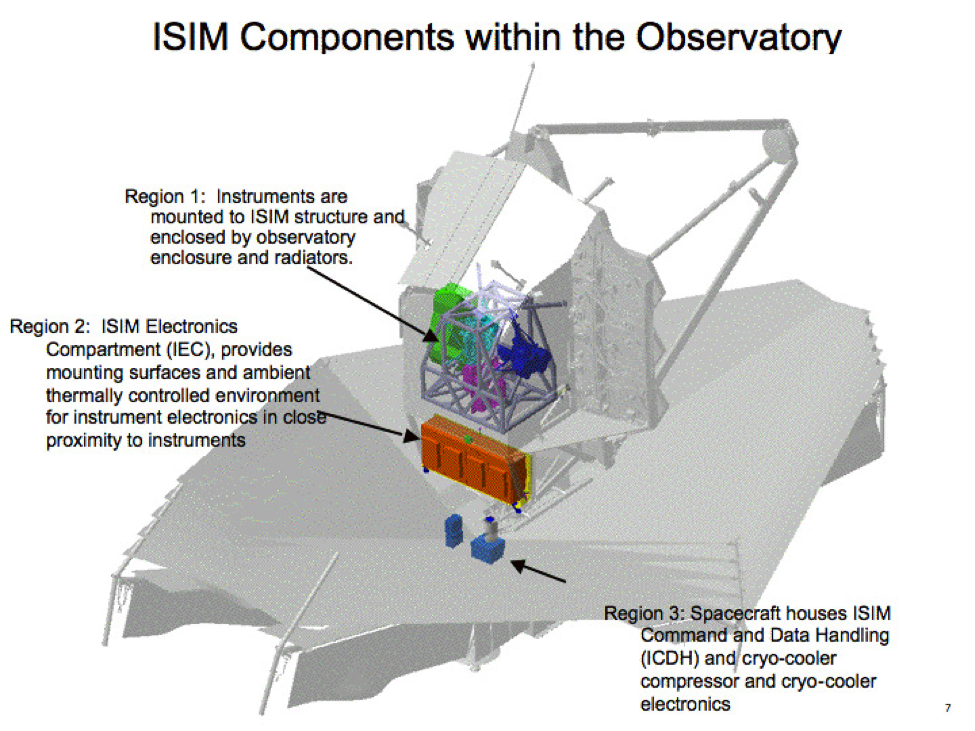
Figure 8: The James Webb Space Telescope breakdown by Region
Source: http://www.jwst.nasa.gov/isim.html
This project will take a model-based systems engineering approach to the design of electrical harnessing for infrared space telescopes, and explore the harnessing issues that arise from larger primary mirrors.
Project Resources
Title: Adaptive Process and Planning Supervisory (APPS) System for e-Manufacturing
Authors: Jonathan Candari and Nnamnor Okafor
Abstract: Development in semantic web technologies brought about changes on how web-based applications are appreciated. Online learning and data mining are some of the domains that semantic web gave impetus to the development of adaptive systems. The goal of adaptive systems is to personalize the application according to the profile and needs of the user.
Within the manufacturing industry, the changes in processes, products, production volumes and technical requirements challenges the production systems to be more adaptive and responsive. These dynamic environment could also be attributed as an influence of Lean Manufacturing. Manufacturing companies that implement lean are pursuing the ideal state called single piece flow. Single piece flow demands agility and flexibility because product and requirement changes occur in every production lot. Lean implementation includes focus on competency of workers and strong shop floor supervision. With the changes in the consumer landscape due to the advent of online procurement processes, the manufacturing industry has to embrace advanced information technology systems. Today many high tech companies are implementing Lean and E-Manufacturing. E-manufacturing is defined as the use the advanced and emerging information technologies to provide automated and data-driven productivity solutions. In most manufacturing shop floors, production workers execute their tasks based on what the production planner tells them what to do, and what the production supervisor tells them on how to do. Due to the numerous process or product changes, errors are unavoidable. A known countermeasure to this problem is to conduct training programs and issue work instructions. Since the level of competence of the workers are varied, training programs and supervisory instructions are offered en masse. This approach is costly and is also not very effective.
The purpose of this project is to propose a design of a computer interface system called APPS for the production workers. The system is adaptive to the competency level of the workers and will have three main functions:
Project Resources
Title: Life Cycle of a Chronic Disease Patient
Authors: Kaylan Cage and Deneen Gaynor
Abstract: According to the Centers for Disease Control, over 133 million Americans had at least one chronic disease as of 2005. Additionally, 7 out 10 deaths in America are attributed to Chronic Diseases (Promotion, 2012).
Patients that are diagnosed with a chronic disease are automatically entered into a team-orientated style of care. Generally, chronic care patients are responsible for regularly collecting health vitals and diagnosing their current health state, primarily in the home setting. Moreover, chronic diseases require patients to frequently communicate with care providers, and seek clinical assistance from a range of medical specialties. The chronic care model was established to provide a comprehensive approach for managing chronic diseases (Wagner, 1998).
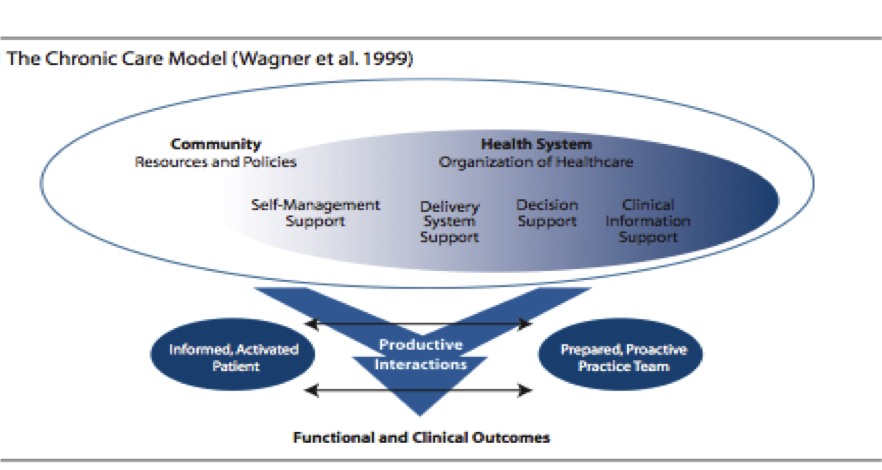
Figure 9: Functional and clinical outcomes in the chronic care model (Wagner et al., 1999)
The focus of this project is to evaluate the different components associated with chronic diseases against the adapted chronic care model framework (Barr et al., 2003), identifying a specific type of chronic care patient as an example. The first step would be to outline all of the requirements associated with that specific disease care regime. For this comparison, we would identify the best chronic care system in the region through the identification of specific hospital systems that closely follow the chronic care model framework. Then we would like to simulate how different aspects of the care model or lack thereof impacts the chronic care systems in the targeted, using simulation tool Glassbox or a fuzzy logic approach.
Project Resources
Title: Oceanic Backbone Infrastructure: Distributed Power,
Communications and IRM for Offshore Installations
Authors: Joshua Levine and Jessica Lieberman
Abstract: Exploding population levels and the subsequent dramatic rise in energy requirements will soon force mankind to search for solutions offshore. With oil and gas exploration moving farther offshore it is becoming increasingly harder and more costly for companies to maintain their installations. In Brazil, where many oil fields are as far as 400 miles offshore, Petrobras recently sponsored a project for architecture students at Rice University to create conceptual designs for floating cities meant to house oilrig workers. While efforts such as that are steps in the correct direction, those plans fail to take into account the most basic part of city planning; design and development of the backbone infrastructure that population centers are based on. For a population center to be sustainable it must include means of distributing power and communication to the inhabitants. In addition this backbone infrastructure needs to be reliable, robust and easily maintainable.
This project posits the design of distributed backbone infrastructure services comprised of power, communication and automated Inspection, Repair and Maintenance (IRM). Using Systems Engineering practices, this project will develop and derive the requirements necessary to detail the aforementioned system in order to support the oil and gas industry in the near term and lay the ground work for the development of self-sustaining large offshore population centers in the future.
Project Resources
Title: Warehouse Robotics
Authors: Christian De Prins and Bryan Janaskie
Abstract: In the recent years, there has been an influx in online ordering and transition to personal order fulfillment in warehouses over traditional bulk shipping to department stores. Amazon plays a leading role in distribution of such orders and has worked to improve efficiency of its warehouse operations. Previously, humans walked these warehouses to gather items for orders, amassing up to 20 miles of walking per shift. In an effort to reduce employee exertion and increase efficiency, and as illustrated in Figure 10, Amazon has made use of robots in the warehouse.
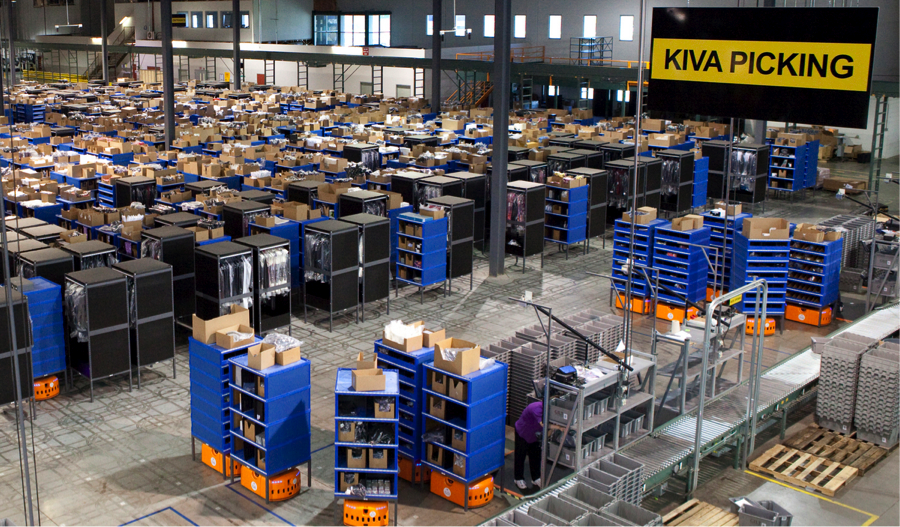
Figure 10: Warehouse robotics from KIVA systems.
We wish to develop a system model of this multi-agent warehouse robot operation as a platform for visualizing interactions between robots, items, and humans, as well as for developing improved strategies for sorting and path planning.
Project Resources
Title: Development and Verification of Semi-Formal Models for
Physical Security using Building Information Modeling (BIM)
Authors: John Johnson and Soroush Bassam
Abstract: Models-based engineering and rapid planning has expanded in recent years with the advent of Building Information Modeling (BIM) to integrate inputs and information early in the decision making process for designing complex buildings expected to meet needs and engineering requirements across diverse stakeholders. Using BIM and cloud computing, stakeholders can engage in real-time and use the ability to visualize and provide inputs to building models to ensure that de-confliction in design requirements occurs up-front, ultimately reducing costs from the traditional waterfall method of requirements gathering and prioritization of engineering design.
To leverage this trends and the ability to perform verification and validation of building design using 3D models, this project will use semi-formal models to design hierarchies and processes that can be used to align physical security requirements to building designs based upon simple inputs such as proximity, barriers, doors and room connectivity, and resource flows (e.g., people, waste, energy, water, air).
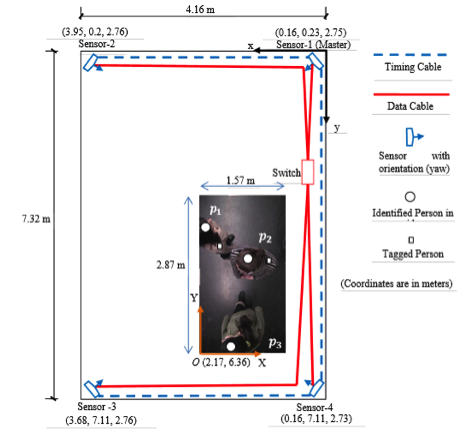
Figure 11: Schematic for building security requirements.
This project will show how semi-formal models can be linked with 3D planning-level building models to verify and validate physical security requirements for buildings. The result will be a series of models in SysML that capture the structure, behavior, and information flows within a simplified Physical Security System; as well as a building information model that provides verification by testing the output system design.
Project Resources
Title: MBSE Design for Jupiter IP-Satnet Satellite System
Authors: Andre Yamasaki
Abstract: Hughes Network Systems have used the same method to build the Jupiter Satellite system for many years but in the face of new services and demands. The new services and growing demands require new solutions. Systems engineering is a very useful approach in this situation as it allows for improvement in the design, making sure that all requirements and design changes organized in a simple and interdisciplinary way. Model-Based Systems Engineering also provides a logical and graphical environment for design and functional alternatives.

Figure 12: Architecture of Hughes Satellite Network.
In this project, SysML is used for modelling of the components to demonstrate systems engineering tools.
Project Resources
Title: Micro-Grid Implementation in Smart Cities
Authors: Ammaribn Nada
M.S. Thesis Advisor: Dr. John S. Baras
NIST Supervisor: David Holmberg
Abstract: More and more cities are being empowered technologically, as the core systems on which they are based become instrumented and interconnected, enabling new levels of intelligence. In parallel, cities face a range of challenges and threats to their sustainability – across their business and people systems and core infrastructures such as transport, water, energy, healthcare and communication – that they need to address holistically. Amongst all these elements of a “smarter city”, stands one that supports all else and that is energy. For many reasons, the growth outlook of alternative energy in the US increases day after day and accounts for 32 percent of the overall growth in electricity generation from 2011 to 2040. This growth rate is realistic from the current 13% of electricity generated by renewable energy sources.
More vital than this spike, is an energy infrastructure that can sustain such growth. In order to spike this growth rate and promote sustainable smarter cities we must aim to decrease electrical demand and save money on electrical costs, as well as decrease emissions all by utilizing current alternative energy options on a dynamic micro-grid platform. These platforms will operate connected to the power grid while maintaining the ability to stand alone to increase efficiency and local reliability. My research explores ideas from ontologies to model relationships among entities in component-based modeling of the micro grid cyber physical aspect of smart cities. An operations research approach is then taken to understand the cost-effectiveness of using renewable energy based micro-grids for power generation in rural settings. The study involves analyzing feasibility of wind, photovoltaic (solar), geothermal (vertical & horizontal piping), and coal power generation as renewable sources for generating power in College Park for a given school with given specifications. The optimization of MY formulated binary integer program provides decision strategies for achieving sustainable energy management.
Project Resources
Last Modified: April 4, 2014
Copyright © 2014, Institute for Systems Research, University of Maryland